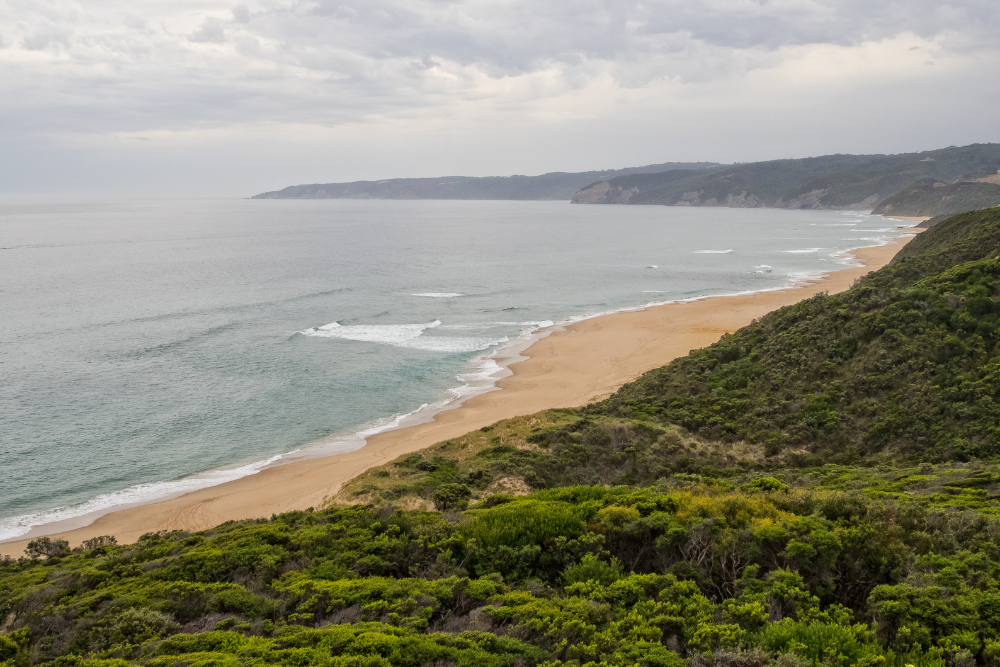The Swiss Alps, with their breathtaking peaks, serene valleys, and dramatic landscapes, have long been a source of inspiration for some of the world’s greatest writers and poets. From the Romantic era to modern literature, the Alps have symbolized both awe-inspiring beauty and deep introspection. Many writers found solace, adventure, and creative fuel in these mountains, producing works that continue to captivate readers today.
This article explores how the Swiss Alps influenced literature, highlighting the famous authors and poets who drew inspiration from their towering peaks.
1. The Romantic Poets and the Sublime Beauty of the Alps
During the Romantic era (late 18th to 19th century), poets and writers viewed nature as a powerful force, capable of evoking deep emotions. The Swiss Alps became a central motif in their works, representing the sublime—nature’s ability to inspire awe and wonder while also overwhelming the human spirit.
Lord Byron (1788–1824) – The Power of the Alps
The English poet Lord Byron spent time in Switzerland in 1816, particularly around Lake Geneva. The dramatic landscapes of the Alps and Mont Blanc deeply influenced his poetry.
- “Manfred” (1817) – This poetic drama follows a tormented protagonist who seeks solace in the Alps. Byron uses the mountains to symbolize human despair, isolation, and the grandeur of nature.
- “Childe Harold’s Pilgrimage” – In this poem, Byron describes the Alps as both breathtaking and terrifying, emphasizing their power over the human soul.
Percy Bysshe Shelley (1792–1822) – Mont Blanc and the Forces of Nature
A contemporary of Byron, Percy Bysshe Shelley was also captivated by the Alps and Mont Blanc. His 1816 poem “Mont Blanc” reflects on the mountain’s sheer majesty and the insignificance of human existence in the face of nature’s power.
“Far, far above, piercing the infinite sky,
Mont Blanc appears—still, snowy, and serene—
Its subject mountains their unearthly forms
Pile around it, ice and rock…”
Shelley saw Mont Blanc as a symbol of timeless power, untouched by human concerns.
2. Mary Shelley and the Birth of Frankenstein
In the summer of 1816, Mary Shelley (then Mary Godwin) traveled to Switzerland with Percy Shelley, Lord Byron, and other writers. A stormy night at Villa Diodati near Lake Geneva led to a ghost-story competition, inspiring her to write Frankenstein (1818).
The Role of the Swiss Alps in Frankenstein
The Alps play a crucial role in the novel, serving as both a place of refuge and despair.
- Victor Frankenstein flees to the Alps to escape his guilt, believing that the vast mountains will bring him peace.
- The Creature finds momentary happiness in the beauty of nature but ultimately feels abandoned by both humans and the world around him.
- The novel’s pivotal confrontation between Victor and his creation occurs in Chamonix, near Mont Blanc, where the icy, desolate landscapes reflect their inner turmoil.
The Swiss Alps symbolize both the beauty and danger of nature, mirroring the novel’s themes of creation, destruction, and human ambition.
3. Johann Wolfgang von Goethe – The Alps in German Literature
German writer Johann Wolfgang von Goethe traveled through Switzerland multiple times, and his experiences in the Alps shaped his literary works.
- “Faust” (1808 & 1832) – The Alps appear in Part Two of Goethe’s epic drama, where the mountains symbolize the pursuit of knowledge, ambition, and the limits of human power.
- “Swiss Travel Diaries” – Goethe recorded his impressions of the Alps, describing them as both overwhelming and inspirational. His fascination with glaciers, valleys, and mountain peaks reflects the Romantic spirit.
Goethe’s scientific curiosity also led him to study Alpine geology, further demonstrating his deep connection to Switzerland’s landscapes.
4. The Swiss Alps as a Setting for Classic Novels
Johanna Spyri – Heidi (1881)
Few novels have captured the charm of the Swiss Alps like Johanna Spyri’s Heidi. This beloved children’s book follows a young girl, Heidi, who moves to the mountains to live with her grandfather.
- The Swiss Alps symbolize purity, freedom, and healing, contrasting with the rigid, restrictive life in the city.
- The mountains serve as a source of emotional and physical well-being, shaping Heidi’s joyful, carefree spirit.
The novel helped shape Switzerland’s image as an idyllic, pastoral paradise, influencing tourism and popular culture.
Sir Arthur Conan Doyle – Sherlock Holmes in the Alps
British writer Sir Arthur Conan Doyle set one of the most famous Sherlock Holmes stories in the Swiss Alps.
- “The Final Problem” (1893) – Sherlock Holmes and his arch-nemesis Professor Moriarty battle at the Reichenbach Falls, a dramatic Alpine waterfall in Switzerland.
- The Alps become a place of mystery and danger, marking Holmes’ supposed death in the story.
Doyle’s time in Switzerland and his admiration for the Alps influenced his decision to set this pivotal moment in the series against the backdrop of Reichenbach Falls.
5. Modern Writers Inspired by the Swiss Alps
Thomas Mann – The Magic Mountain (1924)
German writer Thomas Mann set his novel The Magic Mountain in a Swiss Alpine sanatorium, using the setting as a metaphor for intellectual, philosophical, and political struggles in Europe before World War I.
- The Alps serve as both a retreat and a place of existential questioning, reflecting the isolation and introspection of the main character.
- The novel explores themes of time, illness, and the human condition, with the mountains acting as a symbol of both detachment and enlightenment.
Ernest Hemingway – Alpine Adventures in A Farewell to Arms
American writer Ernest Hemingway drew inspiration from the Swiss Alps during his travels in Europe.
- In A Farewell to Arms (1929), the protagonist escapes to Switzerland, finding safety in the snow-covered Alps after fleeing war.
- The mountains represent peace, refuge, and a temporary escape from the chaos of the world.
Hemingway’s simple yet powerful descriptions of the Alpine landscape reinforce the contrast between war and nature’s tranquility.
Conclusion
For centuries, the Swiss Alps have inspired some of the greatest literary minds, providing a setting for themes of beauty, danger, solitude, and human ambition. From the Romantic poets Byron and Shelley, to the iconic Frankenstein, and even modern masterpieces like The Magic Mountain, the Alps have shaped literature in profound ways.
Whether as a place of inspiration, refuge, or symbolic depth, the Swiss Alps remain a powerful force in the literary world, continuing to captivate writers and readers alike.












